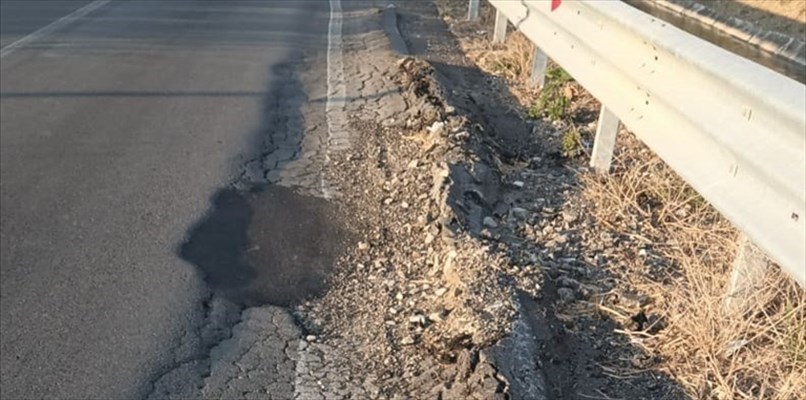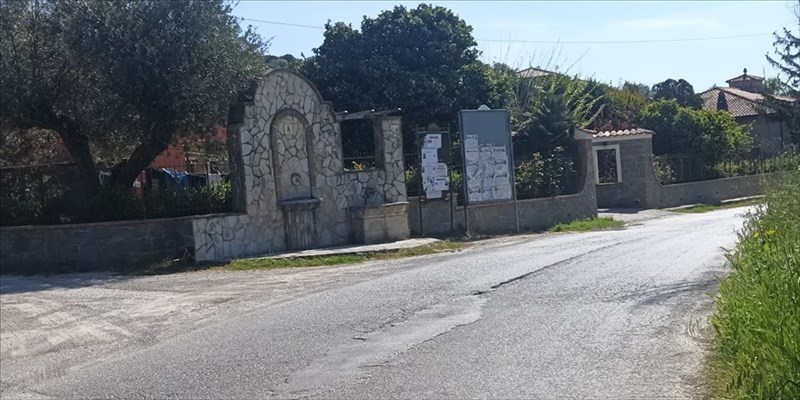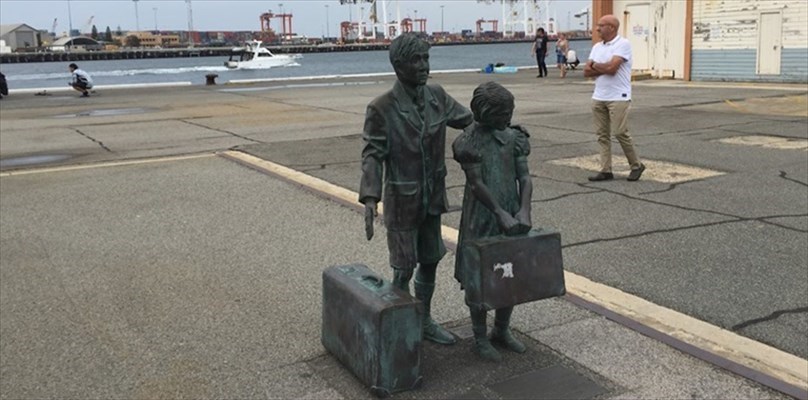Here the Eleatic Philosophical School reached its maximum splendor...

ASCEA
"Of medieval origin, it boasts on its territory the presence of sulphurous-ferruginous springs and the wonderful beach of Marina di Ascea, about 5 km long and about 70 m wide."

Ascea is a small town in the province of Salerno full of treasures. Located in the Cilento and Vallo di Diano National Park, it houses the precious archaeological area of Elea-Velia, declared a UNESCO World Heritage Site.
Of medieval origin, it boasts on its territory the presence of sulphurous-ferruginous springs and the wonderful beach of Marina di Ascea, about 5 km long and about 70 m wide, with the characteristic coarse-grained sand that makes it clean and free of dust. The beach is followed by the cliff, dominated by the Telegraph tower, embellished with coves, cliffs, beaches and crystal clear waters. The Silver Bay and the Rondinella Bay, reachable only by sea, are a tourist attraction, as well as the Scuoglio rinanti, an outpost erected to defend this marine world.
The town has earned several awards: from the Blue flag to the Sails of Legambiente and Touring Club.
The history of Ascea Marina has its roots in Magna Graecia and later in the Middle Ages: here the Eleatic Philosophical School was founded and reached its maximum splendor, constituted by a group of pre-Socratic philosophers, at the beginning of the 5th century, at the behest of Parmenides, in collaboration with his disciples Melisso di Samo and Zeno. Years later the Salernitana Medical School was born.
The curious name, attributed by the Latins, probably struck by the clear blue sky, means "without clouds". According to the sources that have come down to us and based on the archaeological remains, it was founded around the year one thousand: the population grew more and more as the inhabitants of nearby Castellammare della Bruca, or the ancient Velia, moved there to escape malaria and the swamping of the Alento plain.
He also took part in the Cilento uprisings, following which Torgisio De Domicinis died. During the years of the Kingdom of the Two Sicilies, precisely from 1811 to 1860, it was part of the Pisciotta area, in turn belonging to the Vallo District of the ancient Kingdom. Again, during the years of the Kingdom of Italy, it became part of the district of Pisciotta, in the district of Vallo della Lucania.
















